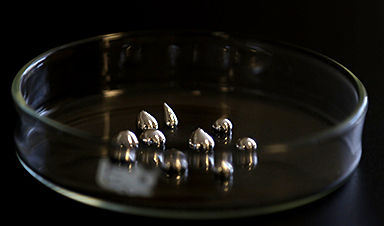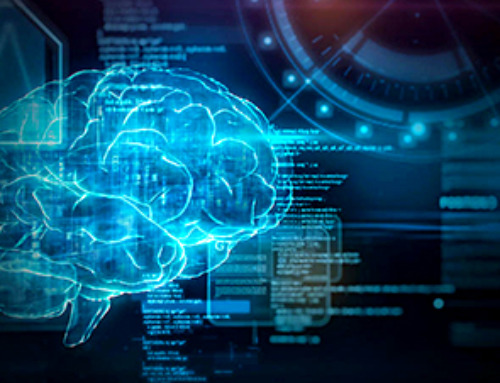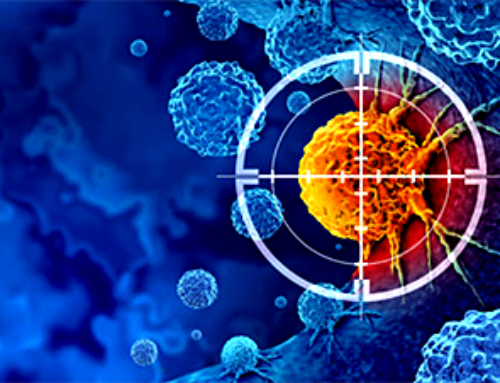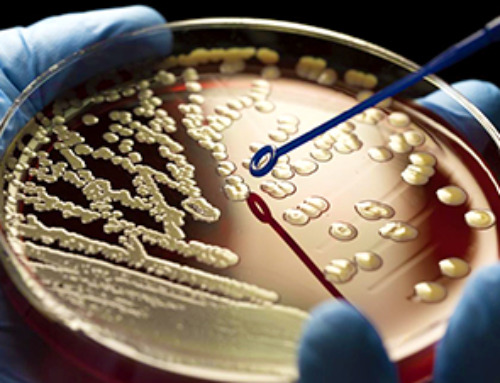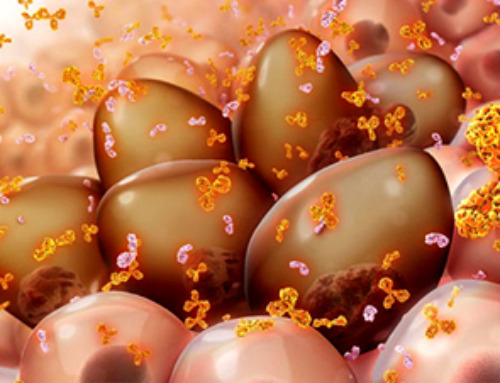Liquid metals could be the long-awaited solution to “greening” the chemical industry, according to researchers who tested a new technique they hope can replace energy-intensive chemical engineering processes harking back to the early 20th century.
Findings published in Nature Nanotechnology offer a much-needed innovation that moves away from old, energy-intensive catalysts made from solid materials. The research is led by Professor Kourosh Kalantar-Zadeh, Head of the University of Sydney’s School of Chemical and Biomolecular Engineering, and Dr. Junma Tang, who works jointly at the University of Sydney and UNSW.
A catalyst is a substance that makes chemical reactions occur faster and more easily without participating in the reaction. Solid catalysts, typically solid metals or solid compounds of metals, are commonly used in the chemical industry to make plastics, fertilizers, fuels and feedstock.
However, chemical production using solid processes is energy intensive, requiring temperatures of up to a thousand degrees centigrade.
The new process instead uses liquid metals, in this case dissolving tin and nickel which gives them unique mobility, enabling them to migrate to the surface of liquid metals and react with input molecules such as canola oil. This results in the rotation, fragmentation, and reassembly of canola oil molecules into smaller organic chains, including propylene, a high-energy fuel crucial for many industries.
“Our method offers an unparalleled possibility to the chemical industry for reducing energy consumption and greening chemical reactions,” said Professor Kalantar-Zadeh.
“It’s expected that the chemical sector will account for more than 20% of emissions by 2050,” said Professor Kalantar-Zadeh. “But chemical manufacturing is much less visible than other sectors—a paradigm shift is vital.”
How the process works
Atoms in liquid metals are more randomly arranged and have greater freedom of movement than solids. This allows them to easily come into contact with, and participate in, chemical reactions. “Theoretically, they can catalyze chemicals at much lower temperatures—meaning they require far less energy,” Professor Kalantar-Zadeh said.
In their research, the authors dissolved high melting point nickel and tin in a gallium based liquid metal with a melting point of only 30° centigrade.
“By dissolving nickel in liquid gallium, we gained access to liquid nickel at very low temperatures—acting as a ‘super’ catalyst. In comparison solid nickel’s melting point is 1,455° centigrade. The same effect, to a lesser degree, is also experienced for tin metal in liquid gallium,” Dr. Tang said.
The metals were dispersed in liquid metal solvents at the atomic level. “So we have access to single atom catalysts. Single atom is the highest surface area accessibility for catalysis which offer a remarkable advantage to the chemical industry,” said Dr. Arifur Rahim, senior author and DECRA Fellow at the School of Chemical and Biomolecular Engineering.
The researchers said their formula could also be used for other chemical reactions by mixing metals using the low temperature processes.
“It requires such low temperature to catalyze that we could even theoretically do it in the kitchen with the gas cooktop—but don’t try that at home,” Dr. Tang said.
More information: Dynamic configurations of metallic atoms in the liquid state for selective propylene synthesis, Nature Nanotechnology (2023). DOI: 10.1038/s41565-023-01540-x
Journal information: Nature Nanotechnology
News
New study suggests a way to rejuvenate the immune system
Stimulating the liver to produce some of the signals of the thymus can reverse age-related declines in T-cell populations and enhance response to vaccination. As people age, their immune system function declines. T cell [...]
Nerve Damage Can Disrupt Immunity Across the Entire Body
A single nerve injury can quietly reshape the immune system across the entire body. Preclinical research from McGill University suggests that nerve injuries may lead to long-lasting changes in the immune system, and these [...]
Fake Science Is Growing Faster Than Legitimate Research, New Study Warns
New research reveals organized networks linking paper mills, intermediaries, and compromised academic journals Organized scientific fraud is becoming increasingly common, ranging from fabricated research to the buying and selling of authorship and citations, according [...]
Scientists Unlock a New Way to Hear the Brain’s Hidden Language
Scientists can finally hear the brain’s quietest messages—unlocking the hidden code behind how neurons think, decide, and remember. Scientists have created a new protein that can capture the incoming chemical signals received by brain [...]
Does being infected or vaccinated first influence COVID-19 immunity?
A new study analyzing the immune response to COVID-19 in a Catalan cohort of health workers sheds light on an important question: does it matter whether a person was first infected or first vaccinated? [...]
We May Never Know if AI Is Conscious, Says Cambridge Philosopher
As claims about conscious AI grow louder, a Cambridge philosopher argues that we lack the evidence to know whether machines can truly be conscious, let alone morally significant. A philosopher at the University of [...]
AI Helped Scientists Stop a Virus With One Tiny Change
Using AI, researchers identified one tiny molecular interaction that viruses need to infect cells. Disrupting it stopped the virus before infection could begin. Washington State University scientists have uncovered a method to interfere with a key [...]
Deadly Hospital Fungus May Finally Have a Weakness
A deadly, drug-resistant hospital fungus may finally have a weakness—and scientists think they’ve found it. Researchers have identified a genetic process that could open the door to new treatments for a dangerous fungal infection [...]
Fever-Proof Bird Flu Variant Could Fuel the Next Pandemic
Bird flu viruses present a significant risk to humans because they can continue replicating at temperatures higher than a typical fever. Fever is one of the body’s main tools for slowing or stopping viral [...]
What could the future of nanoscience look like?
Society has a lot to thank for nanoscience. From improved health monitoring to reducing the size of electronics, scientists’ ability to delve deeper and better understand chemistry at the nanoscale has opened up numerous [...]
Scientists Melt Cancer’s Hidden “Power Hubs” and Stop Tumor Growth
Researchers discovered that in a rare kidney cancer, RNA builds droplet-like hubs that act as growth control centers inside tumor cells. By engineering a molecular switch to dissolve these hubs, they were able to halt cancer [...]
Platelet-inspired nanoparticles could improve treatment of inflammatory diseases
Scientists have developed platelet-inspired nanoparticles that deliver anti-inflammatory drugs directly to brain-computer interface implants, doubling their effectiveness. Scientists have found a way to improve the performance of brain-computer interface (BCI) electrodes by delivering anti-inflammatory drugs directly [...]
After 150 years, a new chapter in cancer therapy is finally beginning
For decades, researchers have been looking for ways to destroy cancer cells in a targeted manner without further weakening the body. But for many patients whose immune system is severely impaired by chemotherapy or radiation, [...]
Older chemical libraries show promise for fighting resistant strains of COVID-19 virus
SARS‑CoV‑2, the virus that causes COVID-19, continues to mutate, with some newer strains becoming less responsive to current antiviral treatments like Paxlovid. Now, University of California San Diego scientists and an international team of [...]
Lower doses of immunotherapy for skin cancer give better results, study suggests
According to a new study, lower doses of approved immunotherapy for malignant melanoma can give better results against tumors, while reducing side effects. This is reported by researchers at Karolinska Institutet in the Journal of the National [...]
Researchers highlight five pathways through which microplastics can harm the brain
Microplastics could be fueling neurodegenerative diseases like Alzheimer's and Parkinson's, with a new study highlighting five ways microplastics can trigger inflammation and damage in the brain. More than 57 million people live with dementia, [...]
